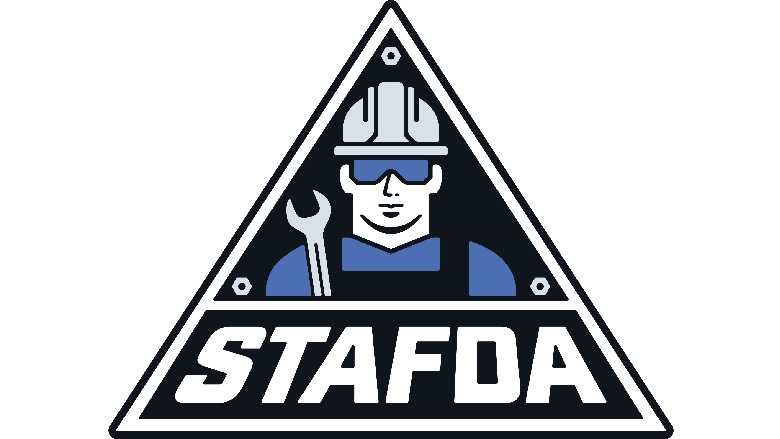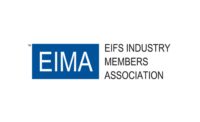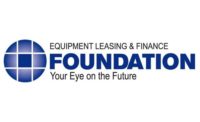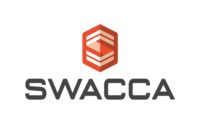2022 sales increased 9.8 percent over 2021 sales. In 2022, prices increased 11.2 percent over 2021. Fifty percent of respondents expect their 2023 sales to be 4+ percent over 2022, 25 percent expect up to a 3 percent increase and 25 percent anticipate a decrease of 3+ percent. Eight percent reported their 2022 fill rate was worse when compared to 2021, 25 percent said it was the same and 67 percent said it was better. STAFDA-type houses represented 51 percent of their overall sales, while 26 percent were from other types of distributors and 7 percent were from DIY home centers.
The salesforce size remains unchanged for 67 percent of associates but is larger for 8 percent. Seventy-four percent of associates compensate their sales team with salary, 25 percent with commission, 20 percent with bonus and 5 percent use a mixed approach. Seventy-four percent reported their direct salesforce is salaried and 50 percent said they are on commission. Fifty-six percent of respondents use a direct salesforce as compared to their total salesforce. The median compensation for a direct salesperson is $80,000.
Forty-five percent of associates use independent reps. Forty-two percent of salespeople are expected to make more promotional end-user calls. The most important expectations manufacturers have from rep agents are end-user calls (20 percent), new account generation (15 percent), product education/training (17 percent), counter training (15 percent), ride-alongs (17 percent) and lead generation (15 percent). The most effective method of training for distributors is online training at 39 percent, remote training at 28 percent and classroom training at 27 percent, while 6 percent use a combination of the three.
Import competition was reported as 64 percent indicating they saw no change, while 36 percent said they see more. Sixty percent of associates’ products are manufactured domestically, while 41 percent manufacture offshore. The largest countries imported from are China at 32 percent, Taiwan at 18 percent, Germany at 9 percent and India at 9 percent. Sixty-seven percent of those who currently do not import product have no plans to do so in the future, while 33 percent said maybe. Seventy-three percent of associates said tariffs and levies on steel, aluminum and other non-U.S.-produced products impacted their company moderately (86 percent), while 14 percent indicated the impact was significant. Associates are combatting the tariffs by raising distributor prices (33 percent), sourcing different countries/suppliers (25 percent) and sourcing domestic raw material suppliers (8 percent).
Sixty-seven percent of companies are EDI-compliant, utilizing order entry (42 percent), invoicing (37 percent) and payment (21 percent). Of those surveyed who are not EDI-compliant, 50 percent of manufacturers are not planning to become compliant, while 50 percent are considering it. Eighty-two percent of manufacturers do not use vendor-managed inventory with distributors, 50 percent said they may consider it in the future and 50 percent said they don’t plan to use it. Sixty-seven percent of respondents are ISO-certified. Selling product online represents only 5 percent of overall sales. Thirty-eight percent of associates have reported an increase in online sales over the last two years, while 63 percent have stayed the same. Fifty-eight percent of companies do not require formal sales training for their salesforce, while 42 percent do. Twenty-three percent of end users are allowed to locate a distributor on a company website, while 77 percent are not. Ninety-two percent do not permit distributors to either place an order or check the status of one online, but it has increased 50 percent the last two years. Fifty-eight percent don’t offer “live chat,” but 8 percent are looking into it. Ninety-two percent do not have an online repository.
Forty-two percent of associates give 2-6 weeks advance notice of price increases, while another 25 percent give more than six weeks’ notice. Cash discounts are extended by 27 percent of associates. The most popular terms are 1 percent 10 Days, Net 30, followed by 2 percent Prepay. The most popular minimum billings are $1, $40 and $100. Sixty-nine percent do not offer spiffs or prizes to distributors, though 31 percent said they do sometimes. Forty-five percent do not reduce a distributor’s discount on drop shipments, but of those that do, the most popular are 3 percent and 5 percent.
Twenty-five percent of respondents have a policy to handle imperfect or defective products. Of those that do, 10 percent ask to have products returned, 20 percent are field-destroyed and 70 percent said it depends. Fifty percent do not have a refurbish program in place. Forty-two percent offer a year-end rebate incentive on sales volume, with 4 percent the average maximum. Where stock exchanges are concerned, 50 percent of associates do not have a written policy. Seventy-five percent said their company’s product liability insurance includes distributor coverage. Co-op ad funds are offered by 33 percent of manufacturers, with 100 percent based on a percentage of prior-year sales. Forty-two percent print a distributor net price sheet and 75 percent do not print a price sheet for end users. Thirty-eight percent have their price list available online from a secure section of their website, while 13 percent are working on it. One hundred percent of respondents will provide a list via email upon a direct inquiry. Seventy-three percent of respondents are not a member of an industry-buying group. Top membership is with Sphere1 (25 percent), Net Plus (8 percent) and Evergreen Supply Network (8 percent).
When asked what the biggest challenges are in doing more business with STAFDA distributors, the top responses were educating the sales force; distributors being purchased by large entities; pricing; stock, marketing; acceptance of innovation/technology; and pioneering new business.





Report Abusive Comment